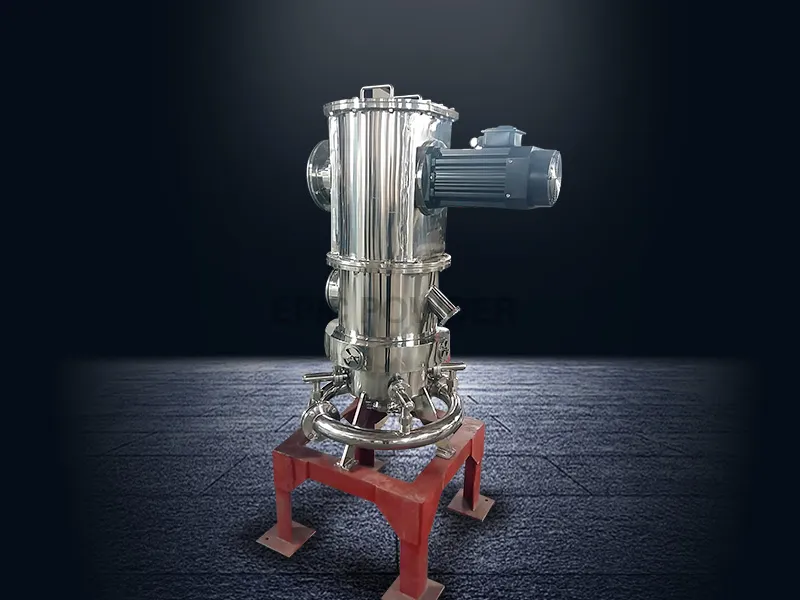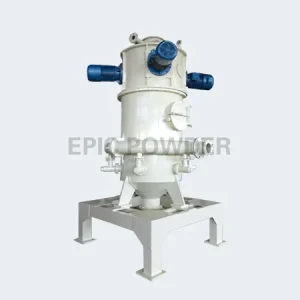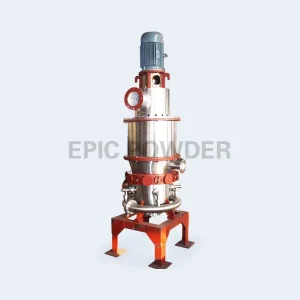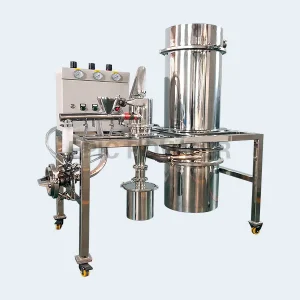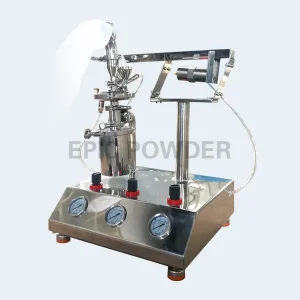Have you ever wondered how certain materials are ground to ultrafine particles with remarkable precision? Enter jet milling is a cutting-edge technique that has revolutionized various industries, including pharmaceuticals, chemicals, and materials engineering. This blog post will delve into jet milling, answering frequently asked questions and addressing common concerns. Let’s unveil the secrets and unravel the process of jet milling!
What is Jet Milling?
Jet milling is used for grinding, pulverizing, and reducing solid materials into fine particles. It involves high-speed compressed air or steam jets to create a fluidized bed within a grinding chamber. This fluidized bed accelerates particles, causing them to collide and reduce size through high-velocity impact. Jet milling is renowned for producing particles in the sub-micron and nanometer range, making it indispensable for industries requiring ultrafine powders.
How does Jet Milling Work?
The process of jet milling can be broken down into several steps:
a. Material Introduction: The material to be processed is introduced into the grinding chamber through a feed mechanism. It can be in solid chunks, granules, or even agglomerates.
b. Fluidization: Specialized nozzles introduce Compressed air or steam into the grinding chamber at high velocities. This creates a fluidized bed, suspending the particles in the air and allowing them to move freely within the chamber.
c. Particle Acceleration and Collisions: As the fluidized particles move within the grinding chamber, they experience high-velocity collisions due to the accelerated air or steam jets. These collisions cause the particles to fracture, resulting in size reduction.
d. Particle Classification: After the particles are reduced to the desired size, they exit the grinding chamber and enter a classification system. This system separates the fine particles from larger ones, ensuring precise particle size distribution.
e. Collection: The fine particles are collected in a separate container, while larger particles are recirculated into the grinding chamber for further processing.
What are the Advantages of Jet Milling?
Jet milling offers numerous advantages, making it a preferred technique for many industries:
a. Ultrafine Particle Size: Jet milling can achieve particle sizes as small as sub-micron and even in the nanometer range, producing highly precise powders.
b. Minimal Contamination: The absence of mechanical grinding components in the grinding chamber minimizes the risk of contamination, making jet milling suitable for applications requiring high purity.
c. Enhanced Efficiency: Jet milling allows for high-speed processing, improving productivity and reducing energy consumption.
d. Versatile Applications: Jet milling can be applied to various materials, including metals, ceramics, polymers, and pharmaceutical compounds.
Addressing Concerns: Safety and Environmental Impact
Some common concerns regarding jet milling include safety and environmental impact. It’s important to note that modern jet milling systems are designed with safety measures such as explosion-proof construction and filtration systems to capture any particles released during the process. Moreover, using compressed air or steam as the grinding medium minimizes the need for volatile or hazardous solvents, reducing environmental impact.
Jet milling is a cutting-edge process that has transformed industries by enabling the production of ultrafine powders with exceptional precision. Materials are pulverized and reduced to sub-micron and nanometer sizes by harnessing high-speed jets of compressed air or steam. The advantages of jet milling, including its versatility, efficiency, and minimal contamination, make it a go-to technique for various applications.
Spiral jet mill and Fluidized bed jet mill
Spiral Jet Mill: Spiral Flow of Grinding Gas
The most common type of jet mill is the spiral jet mill, in which the nozzles are arranged around the grinding chamber to spread the grinding gas in a spiral. The particles are then pulverized by particle collisions with each other. With the MQP jet mill, EPIC Powder has a spiral jet mill in its product range, mainly for high-quality pharmaceutical substances such as antibiotics or fine chemicals. This is because the mill meets the high product purity and fineness requirements very well.
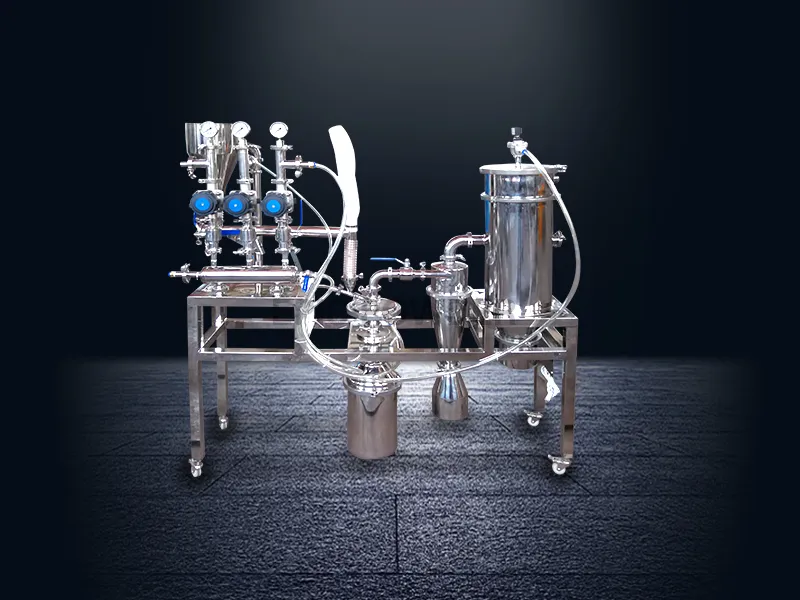
Fluidized bed versus jet mill: fluidized product bed
Fluidized bed opposed jet mills are the second most common type. In this mill, the material to be ground is fed through a feed gate. A fluidized product bed is then formed in the grinding chamber and fluidized by a gas jet. From there, the particles enter the gas jet and are accelerated. They collide with each other again and again, thereby being shattered. The classifier wheel rejects those still too large particles and transports them back to the fluidized bed. Sufficiently fine particles are separated from the grinding gas employing a separator or dust filter. Fluidized bed opposed jet mills are also suitable for hard products such as minerals, glass or ceramics. Temperature-sensitive products such as toner or wax can also be ground with them.
EPIC Powder offers two different fluidized bed opposed jet mills:
The MQW is a fluidized bed opposed air mill with an integrated high-performance classifier. EPIC Powder sets new standards with this system and achieves fines up to d97 = 1 μm in powder dry grinding.
MQL is suitable for producing powders with a steep particle size distribution and a top size limited to < 5 µm – 200 µm. Even “difficult” products, such as heat-sensitive materials or high-purity materials, can be produced economically with it.
The fluidized bed counterjet mill MQW-S is a variant of the fluidized bed counterjet mill MQW and is suitable for the special requirements of the toner, powder coating, and pigment industries.
